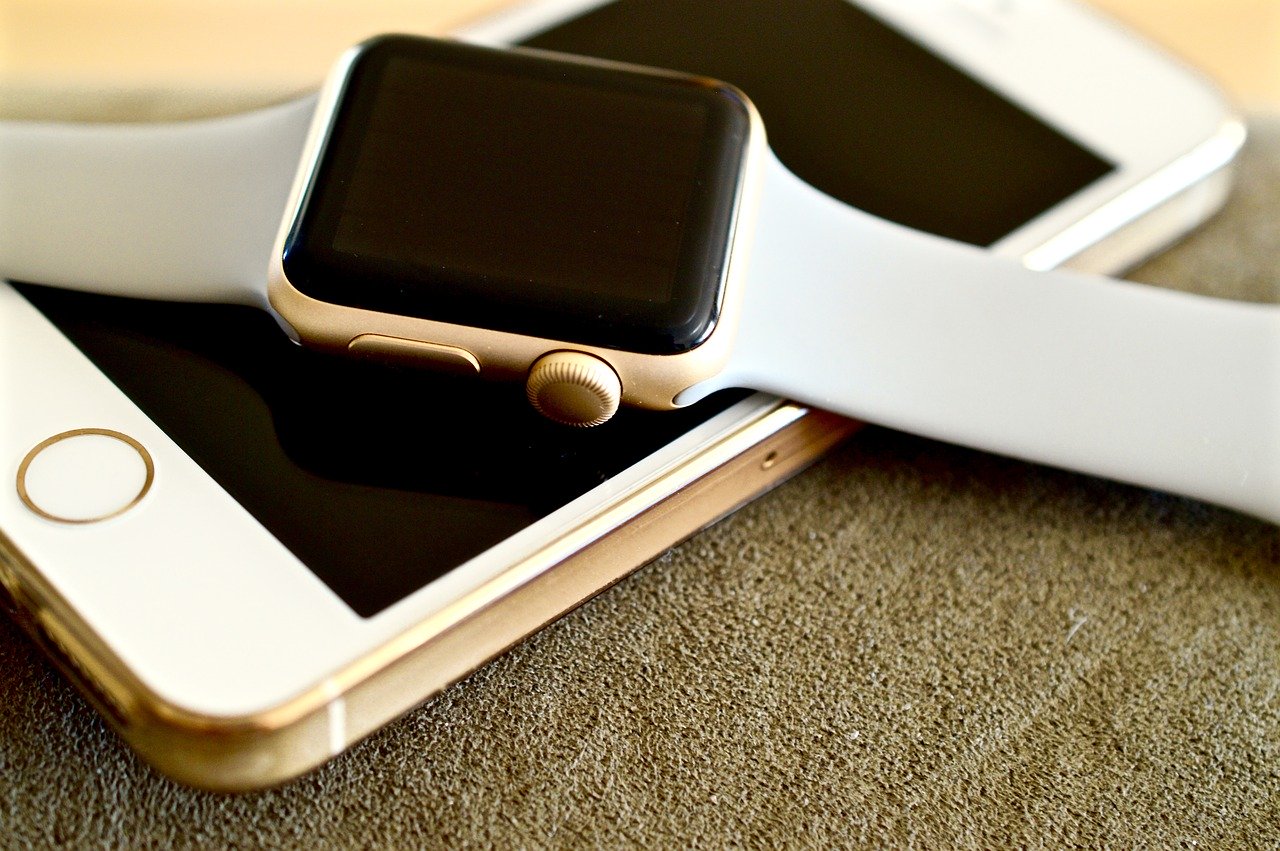As we experience continued changes in digital healthcare, the introduction of new digital health technologies to the market shows no signs of slowing down. Wearable devices have worked their way steadily into everyday life for people all over the world, either in stand-alone type fitness wearables (FitBits and the like) or in integrated health monitoring apps on smartphones. These devices are collecting large amounts of health data that could have important implications for improvements in patient care, research, and our healthcare system. Here are a few ways we might see fitness wearables affect healthcare in the coming years.
Improvements in Overall Health
There are signs that using a fitness wearable regularly can help improve your health in many ways. When you wear a device like this 24 hours a day, seven days a week, you are collecting an extremely accurate, granular stream of data about your body in a variety of environments. You can monitor your vital signs, exercise, the time you spend idle, sleep, and your diet with these devices and receive updates and reminders throughout the day. Having this data available to you at your fingertips can help you as a patient actively participate in your own healthcare. Many of these devices also have an active social community, which can help you engage in healthy behaviors like exercise more frequently.

Wearables work because when you pay more attention to your lifestyle, it becomes easier to see where you should make changes—and to notice when those changes are having a positive effect on your health. This can be a huge motivator for people to continue with their new healthy habits.
Helping Smokers Quit
Wearables can also help people with smoking cessation. Quitting smoking is extremely difficult; it requires long-term effort and support throughout the process. Medications can help, but emotional guidance is also important. However, most smoking cessation programs have long gaps in treatment, with people checking in every few weeks. In addition, doctors rely on their patients to self-report relapses and any challenges they’re experiencing, but self-reported data is notoriously inaccurate. People may be embarrassed and reluctant to report slip-ups, or they simply may have difficulty tracking everything they’re supposed to.
Wearables embedded with sensors can address all these issues. These devices give doctors unprecedented visibility into their patients’ treatment adherence, the number of cigarettes they’ve smoked, patterns in their smoking behaviors, and their emotional state. Wearables also allow for automated remote monitoring and for real-time communication with patients. Doctors or treatment programs can provide supportive messages, alerts, and other interventions at the moment they’re needed.
Reducing Costs for Healthcare
In some cases, health insurance plans have begun trying to integrate fitness wearables into their programs, often in an attempt to subsidize costs. Fitbit has already partnered with Blue Cross Blue Shield in the Blue365 program, which attempted to make these wearables easier to access by providing discounts and promotions.
Long-term commitment to fitness wearables could result in reduced healthcare costs down the line. The regular use of these monitoring devices could decrease the number of visits people make to the hospital or the doctor. In fact, a 2015 study published in Telemedicine and e-Health found that cardiology patients who used fitness wearables and monitoring devices saw a 25 percent decline in follow-up costs. Hospitals and other healthcare facilities are already testing out these monitoring devices for their patients, with around 47 percent of hospitals either providing wearables to patients with chronic diseases, or monitoring patients remotely with smartphone apps or medical devices in the home.
Need for Greater Interoperability
As these monitoring devices become more common, interoperability will need to increase. In order for doctors and patients to see the most improvement in quality of healthcare, wearable devices should connect to electronic health records (EHRs) and operate seamlessly with health systems. This would allow medical professionals at many different locations to access the data collected by the devices, resulting in better interoperability between providers and ultimately improvements in quality of care for patients.

Improving Clinical Trials and Research
The use of data from wearables in clinical trials could vastly improve research outcomes. With more accurate data from real-world situations, clinical trials could offer a much more complete understanding of various therapies’ effectiveness.
Most clinical trials at the moment are conducted in research facilities and labs, where the environment is understandably artificial and not reflective of how a patient might use the treatment in their everyday life. In addition, the data collected is often not useful for helping providers offer precision medicine solutions. One particular treatment might appear effective in a trial, resulting in it being prescribed to multiple patients. However, it may not work the same for each patient, resulting in varying degrees of effectiveness and potentially even failure of the treatment.
Wearables could help advance precision medicine, helping doctors better identify what types of treatments might work for a particular patient. Such targeted treatments could have huge implications for how we treat a variety of diseases and conditions, including cancer. With the use of wearables, it will be possible to collect types of data that in the past would have been nearly impossible to gather in traditional research studies. Wearables may be able to provide better quality data that is more representative of the population, which would result in more accurate and usable results.

